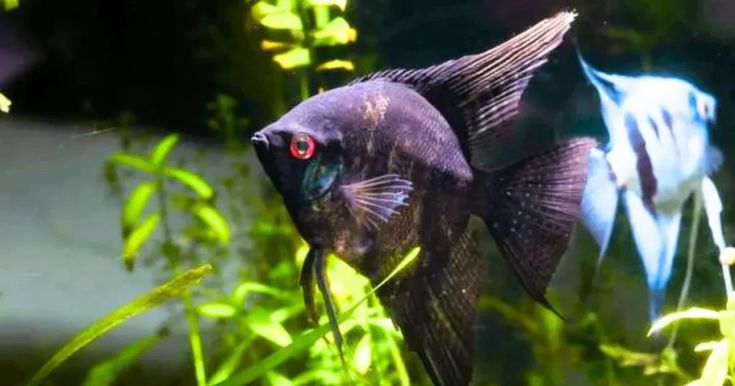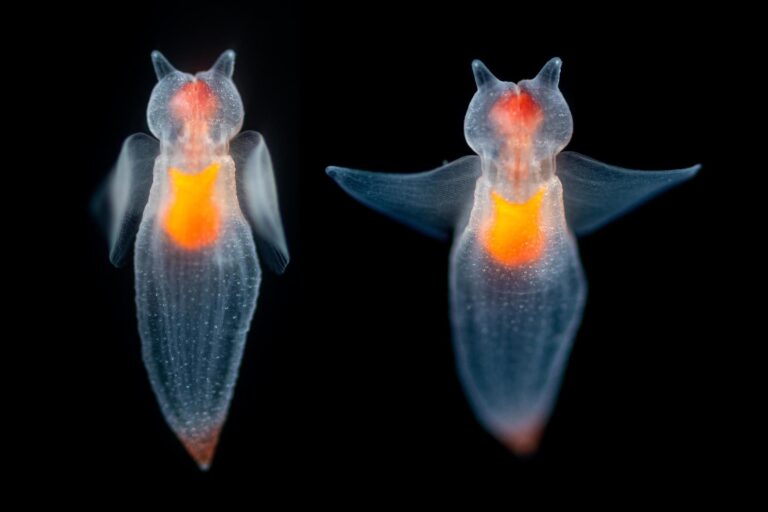Best Guide to Angelfish Types Varieties: Diving Into the Colorful World of Aquarium Angels
Angelfish Types—graceful, vibrant, and with a touch of the exotic—are a staple in the freshwater aquarium hobby. They are not just beautiful to look at, but also possess distinctive social behaviors and fascinating life cycles. While many aquarium enthusiasts may be familiar with the classic Silver Angelfish, there are numerous variations that offer a kaleidoscope of color for those who crave diversity in their aquatic menagerie.

Understanding Angelfish Types as Aquatic Companions
Before we showcase the unique angelfish types, it’s important to understand the foundational characteristics and care requirements of these elegant creatures. Native to the Amazon River basin and Orinoco River system in South America, angelfish have adapted to various water conditions, typically preferring soft, acidic water and warm temperatures.
Getting to Know the General Attributes: Angelfish Types
Angelfish, scientifically categorized under the Pterophyllum genus, are known for their laterally compressed bodies and elongated fins. Their vibrant colors and distinctive patterns play a role in both defense and courtship dynamics. They are cichlids, a family of fish known for their unique parental care and breeding behaviors.
Angelfish Types: A Rainbow of Varieties
Angelfish come in a delightful array of colors and patterns, enough to intrigue even the most discerning of hobbyists. Here is an overview of the most popular types:
Pterophyllum Scalare: The Classic
The Pterophyllum scalare, or the Common Angelfish, is what often comes to mind when one thinks of this species. It boasts a shimmering silver body with vertical black stripes, often referred to as the “wild type.” This variety is the foundation for many hybrids and color morphs within the angelfish family.
Pterophyllum Altum: The Noble Giant
Pterophyllum altum, or the Altum Angelfish, is a less common but highly sought-after type, distinguished by its tall, triangular body and more acute caudal fin. This species requires slightly different care than its scalare counterpart, usually preferring warmer temperatures and softer, more acidic water.
Pterophyllum Leopoldi: The Smoky Marvel: Angelfish Types
Pterophyllum leopoldi, or the Chocolate Angelfish, has a more reserved color palette, often appearing in shades of brown, blue, and black. This type is much rarer and can be more challenging to find in pet stores, making it a treasure for angelfish enthusiasts.
Care and Feeding: A Recipe for Healthy Angels
Proper care and nutrition are crucial for the health and longevity of your angelfish. Here are some guidelines on setting up their habitat and ensuring they are well-fed:
Tank Setup and Water Conditions
Angelfish require a spacious tank due to their potential size and need for vertical swimming space. Try to provide a tank with a capacity of at least 29 gallons for a single pair, and 10 additional gallons for every additional pair. A densely planted tank with tall plants for cover and flat stones for spawning mimics their natural habitat.
Ensure the tank is maintained at a temperature between 75°F to 82°F with a pH value between 6.5 to 7.5. Regular water changes are essential to maintain optimal water conditions, as angelfish are sensitive to pollutants.
A Balanced Diet for On-Point Health: Angelfish Types
A varied diet is key to the health and vibrancy of your angelfish. A combination of high-quality flake food, frozen or live brine shrimp, bloodworms, and other small invertebrates will provide the necessary nutrients. It is wise to feed your angelfish small portions several times a day rather than one large meal to prevent overeating and digestive issues.
Breeding Angelfish: Unraveling the Courtship Dance
Witnessing angelfish pair off and raise their young can be one of the most rewarding experiences for a hobbyist. Understanding their breeding behavior and requirements can better the chances of successful spawning.
Creating the Right Conditions
To encourage mating, you will need to set up a separate breeding tank. Offer the pair a vertical surface for their eggs, whether it’s a leaf or an artificial slate. The water parameters in the breeding tank should mirror those in the main tank, with slight adjustments to temperature and pH to simulate seasonal changes.
Tips for Successful Spawning: Angelfish Types
The female angelfish will lay eggs in rows, which the male will then fertilize. Both parents will guard the eggs and later their fry. Providing them with ample privacy and a stress-free environment will increase the likelihood of the eggs hatching and surviving.
Troubleshooting and Care for the Ailing Angel
Angelfish, like any living organism, can be susceptible to diseases and health issues. Recognizing the signs and taking prompt action can prevent a small problem from escalating.
Common Health Issues and Remedies: Angelfish Types
Some common health issues include fin rot, ich, and swim bladder disorders. These can often be the result of poor water quality, inappropriate diet, or incorrect water parameters. Regular observation, maintenance, and addressing any issues promptly will help keep your angels in top shape.

Addressing Behavioral Problems
Angelfish are generally peaceful but can become aggressive, especially during mating or if they feel their territory is being invaded. To reduce stress and aggression, provide enough space and structure in the tank for all inhabitants. If aggression continues to be a problem, the aggressor may need to be separated from the others.
The Angel in the Neighborhood: Selecting Tank Mates Wisely
Choosing compatible tank mates for your angelfish is a crucial step in maintaining a harmonious community tank.
Ideal Tank Mates for Angelfish Types
Angelfish are relatively peaceful and can cohabit with many species, such as tetras, dwarf gouramis, and other non-aggressive fish that enjoy similar water conditions. Avoid pairing them with fin-nippers or very small fish that could become prey.
Balancing an Aquatic Community: Angelfish Types
The size and layout of your tank, as well as the number and type of fish you have, will all influence the community dynamics. Introduce new fish slowly and monitor their interactions. A well-balanced community tank with varied species can be a joy to observe and a source of endless fascination.
Conclusion: Angelfish Types, the Crown Jewel of Freshwater Tanks
Angelfish are more than just pretty adornments in an aquarium; they bring a sense of beauty and serenity to their watery world. Their varied colors, striking patterns, and intriguing behaviors make them an exciting addition to any freshwater tank. By understanding and addressing their unique needs—from care and feeding to breeding and community interactions—keeping angelfish can be an enriching experience for hobbyists of all levels.
Whether you choose the classic Silver Angelfish, the stately Altum Angelfish, or one of the many unique varieties, each type brings its own charm to the underwater landscape. With proper care, patience, and a dash of love, your angelfish will reward you with their resilient beauty and the gentle grace of their presence.







